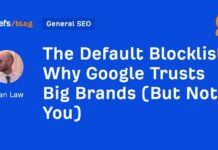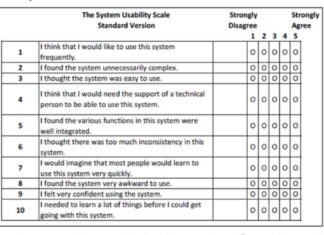Dealing with user-generated content (UGC) can be a challenge for brands, as seen in the case of Celsius on TikTok. False claims about the drink’s ingredients, such as Ozempic and cyanide, have caused a stir online. Brands need to be prepared for different types of UGC that can potentially harm their reputation.
Misinformation, misleading content, negative UGC, and hoaxes are all examples of problematic user-generated content that brands may encounter. While some claims may seem harmless, they can still impact consumer trust and purchasing decisions. It’s important for brands to consider how to respond to such content in a way that aligns with their values and goals.
Having a crisis communication plan in place can help brands navigate situations where UGC goes off the rails. It’s important to respond thoughtfully and not react impulsively. Attacking users or engaging with trolls can backfire, so it’s essential to approach the situation with a clear goal in mind.
Ultimately, brands should consider consulting with experts in PR and legal matters when faced with controversial UGC. By understanding the potential risks and benefits of different response strategies, brands can better protect their reputation and maintain consumer trust in the face of online challenges.























